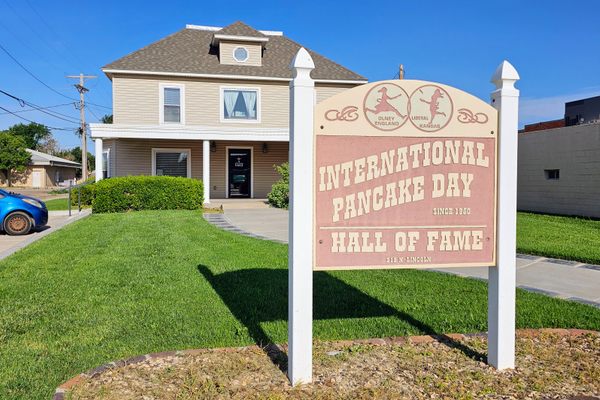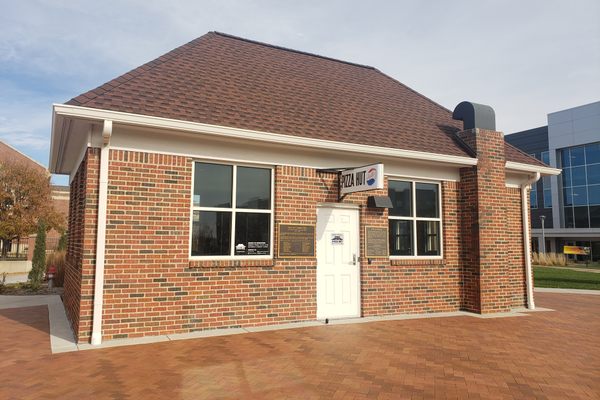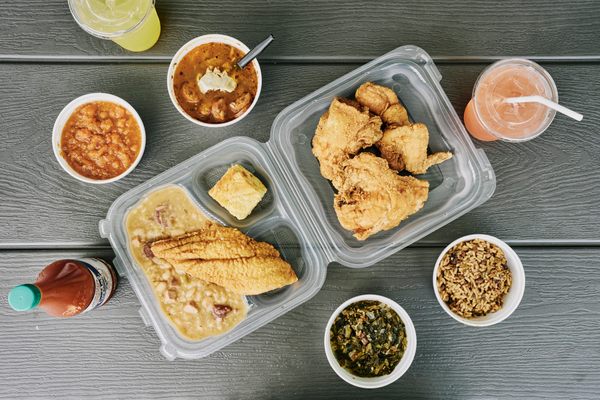When Researchers Used IHOP to Determine if Kansas Is Flatter Than a Pancake
Delicious, and helpful.

The worldwide beacon for piping hot flapjacks—International House of Pancakes, colloquially known by its acronym IHOP—revealed this week that it would change its name to IHOB. The company won’t explain what the “b” signifies until later this month, and speculation has ranged from “bacon” to “breakbeats.” (This isn’t the first time there’s been confusion over the chain’s name: Back in 2010, the restaurant sued the International House of Prayer, which, yes, called itself IHOP for short, for trademark infringement. The issue was eventually settled out of court.)
Regardless of what the “b” stands for, there’s no disputing that the restaurant’s main draw is pancakes—which is something researchers from Texas State University and Arizona State University knew back in 2003, when they playfully tried to prove the long-standing claim that Kansas is “flatter than a pancake” by visiting IHOP.
It’s unclear where the saying comes from, though some people believe it’s from out-of-towners who reach the plains after driving through long stretches of woods. Naturally, Kansas residents aren’t thrilled about it, especially since there are hills in the state. But the saying has stuck, and it also intrigued researchers.
“To the authors, this adage seems to qualitatively capture some characteristic of a topographic geodetic survey,” the Texas and Arizona researchers wrote in the Annals of Improbable Research. “This obvious question ‘how flat is a pancake’ [spurred] our analytical interest, and we set out to find the ‘flatness’ of both a pancake and one particular state: Kansas.”

To do this, the study’s authors “purchased a well-cooked pancake from a local restaurant, the International House of Pancakes.” Next, they made a topographic profile of the pancake by cutting out a two centimeter-wide strip of pancake, then using a confocal laser microscope. They used data from the U.S. Geological Survey, namely a measured, west-east profile across Kansas culled from a digital elevation model of the state, and calculated both the pancake’s and the state’s flatness from there.
In this case, a value of 1.000 denoted “perfect, platonic flatness.” Their results demonstrated that an IHOP pancake came out to about 0.957, which they deemed “pretty flat, but far from perfectly flat.” Kansas’s flatness, on the other hand, was estimated to be about 0.9997. “That degree of flatness might be described, mathematically, as ‘damn flat,’” they wrote.
Since then, a different study from the American Geographical Society entitled “The Flatness of U.S. States” has determined that Kansas isn’t the flattest state, after all. By analyzing a larger range of topography, researchers made an algorithm to determine how much of a state seemed geographically flat to humans. Florida led the list, followed by Illinois and North Dakota. While Kansas came at number seven in that study, it does still hold the distinction of being the first state to be scientifically compared to an IHOP pancake.
Gastro Obscura covers the world’s most wondrous food and drink.
Sign up for our regular newsletter.

































Follow us on Twitter to get the latest on the world's hidden wonders.
Like us on Facebook to get the latest on the world's hidden wonders.
Follow us on Twitter Like us on Facebook